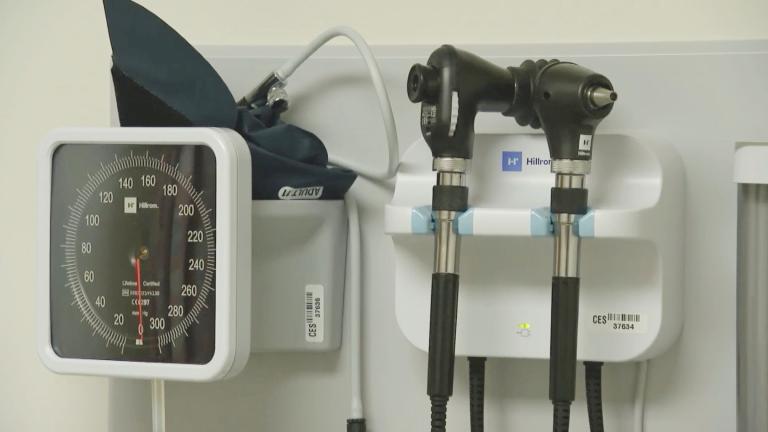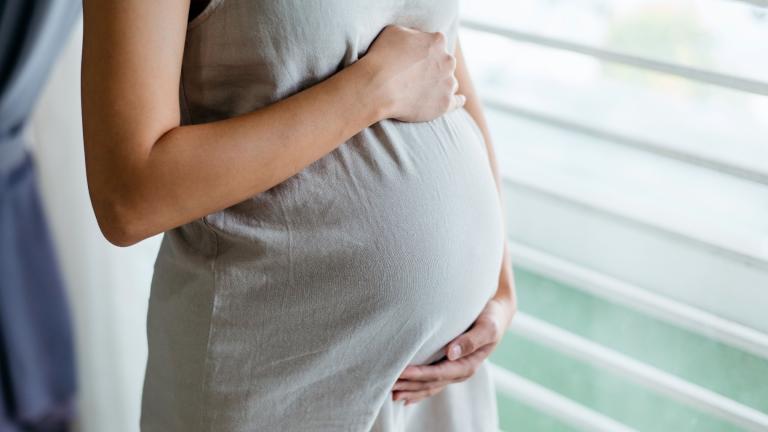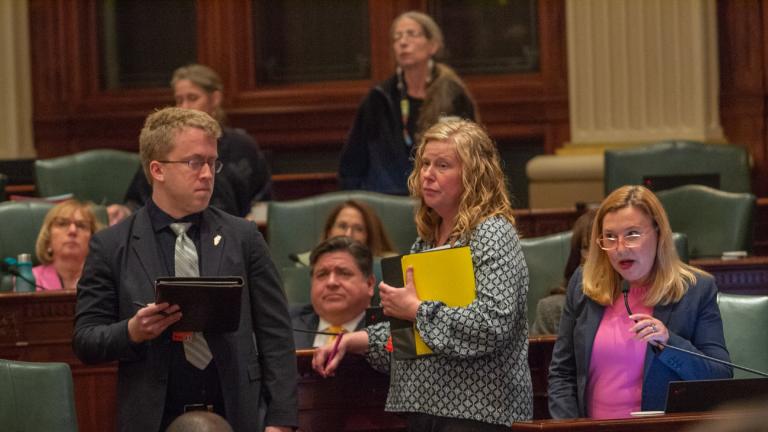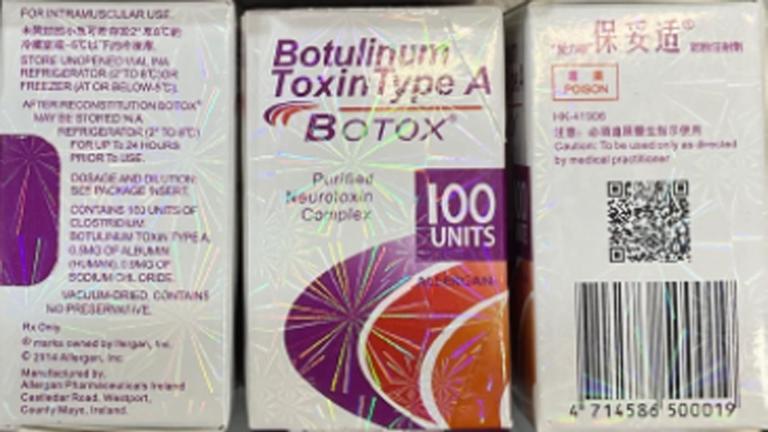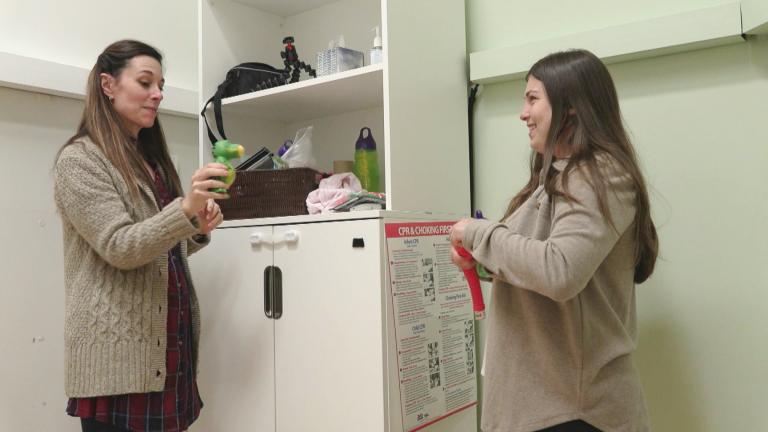You may have heard about food deserts, areas where access to fresh food might not be easily accessible.
But pockets of Chicago — particularly on the South and West sides — also lack convenient access to a local pharmacy.
Dima Qato, director of the University of Southern California’s School of Pharmacy Program on Medicines and Public Health, coined the term “pharmacy deserts” to describe communities with low access to local pharmacies. Pharmacy deserts exist when at least a third of the residents live over a mile from a pharmacy, or if a third of residents live in “low vehicle access” but the nearest pharmacy is more than half a mile away.
When Qato began her research 10 years ago at the University of Illinois Chicago, she noticed a crucial component that was not being discussed.
“Pharmacies are vital to communities, they provide access not only to medicines but a variety of other essential services, including vaccinations,” Qato said.
The importance of pharmacies became quite apparent during the COVID-19 pandemic.
According to Qato, Chicago has some of the worst pharmacy access in the country, but even more so when you look at the disparities between Black, White and Latinx neighborhoods. Only 1% of White neighborhoods were pharmacy deserts, compared to 42% of Black neighborhoods.
Reporter Cheyanne Daniels dove deeper into Qato’s research and talked to multiple affected individuals to co-write a WBEZ article on the topic.
“It’s really in these predominantly Black and Brown neighborhoods that these pharmacies have closed and taken away these services that these residents need,” Daniels said.
But what caused many pharmacies to close their doors in Chicago neighborhoods?
“One, pharmacies aren’t reimbursed enough, especially pharmacies that we know serve predominantly publicly insured populations and therefore rely on Medicaid reimbursement rates to stay open,” Qato says. “Two, Medicaid is also responsible for determining where their beneficiaries could go to fill their medications and oftentimes that’s a chain.”
Qato said an insurance company like Aetna Medicaid might prefer CVS, but Walgreens is the predominant provider in Illinois, thus foot traffic into a CVS in neighborhoods that benefit from Aetna Medicaid is low and as a result they might experience store closures.
Independent pharmacies are often not a provider for public insurances, thereby leading to their closure as well, further contributing to pharmacy desert communities, Qato said.
Daniels came to the topic after initially researching a new Illinois law that would allow pharmacists to prescribe contraceptives, especially for Black women who experience high maternal mortality rates, infant mortality rates and other pregnancy health complications.
Daniels quickly realized many of these women don’t have access to pharmacies, “having access to hormonal contraceptives can be a life-saving service at their disposal that they can’t access without having this pharmacies in their communities.”
“There’s a lot of despair, there’s a lot of anger, there’s a lot of frustration,” Daniels says about what she heard from residents.
Many believe it’s possible to have needed pharmacies in Chicago neighborhoods.
“We just need the investment for them,” Daniels said.

